IPFS wallets and its application can be divided into three phases: the IPFS era, the Filecoin era, and the New Internet era. We are now entering into the Filecoin era.
I. Era of IPFS
Let’s start with the IPFS era. The purpose of IPFS applications in this phase includes the substitution of HTTP, the substitution of DNS, the substitution of cloud hosting services and the substitution of centralized applications.
Typical applications that replace HTTP such as the IPFS browser extension. After installing the extension, we can directly access in the browser to link like this ipfs://ipfs/QmTy8w65yBXgyfG2ZBg5TrfB2hPjrDQH3RCQFJGkARStJb.
The benefit is that it directly guarantees the uniqueness and immutability of the file (because if the file changes, the link changes)
Recently we have seen more and more browsers supporting the IPFS protocol directly.

Another alternative to HTTP is the NFT Metadata Standard of the NFT Exchange Open Sea. You can upload an Ethereum cat Metadata file to IPFS and save the URI of this IPFS file to the NFT Smart Contract.

The second IPFS application is replace DNS Domain name system, also known as blockchain Domain, such as Unstopabble Domain. Blockchain domain names are controlled by decentralized wallets and can be resolved to an IPFS address, enabling sites controlled only by decentralized wallet owners. The problem of middle-man attack in traditional DNS is solved.
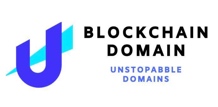
Based on the above two application scenarios, an alternative cloud hosting service based on IPFS emerges naturally. Famous examples include:
Textile, they focused on encapsulating a layer above the underlying IPFS to make it easier for developers to use IPFS, and their tools and frameworks were open source.
Fleek, they are based on IPFS and Textile and their service is focused on deploying websites on IPFS.
Pinata, which encapsulates the file storage service on top of IPFS.
Neocities, which provides web authoring and deployment services over IPFS.

The fourth application aims to replace centralized applications, and there are already hundreds of such apps on IPFS.
OpenBazaar, for example, is an e-commerce provider without centralized server, and uses IPFS hashes and IPNS to search download user list in the store.
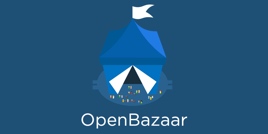
Take the community application developed by the little island team: MATATAKI, which keeps all articles and content permanently through IPFS, and uses tokens to motivate authors.
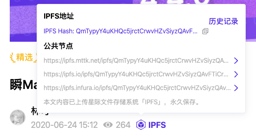
Qri, for example, is a global data set version control system (GDVCS) based on an IPFS network, known as “Data set Git,” which allows user to browse, search, and clone all data sets in the application.
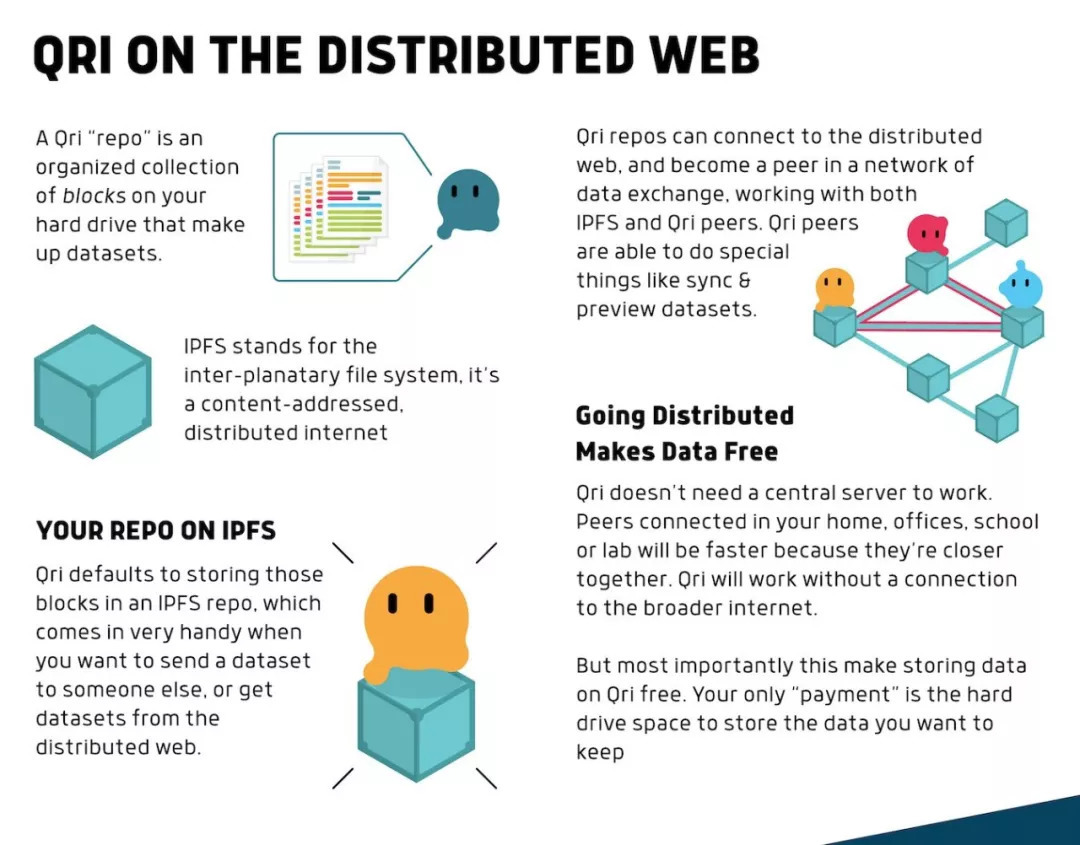
II. Filecoin Era
After entering the Filecoin era, the most obvious change is the use of the token economy.
First, there will be all kinds of Filecoin wallets, such as Mathwallet which already supports Filecoin testnet. MathWallet already has all the IPFS/Filecoin built-in apps mentioned above.
As a blockchain focusing on data storage, other chains are bound to interact with Filecoin in data storage. MathWallet has supported 50 different public chains, which will connect Filecoin with other public chains.
Download MathWallet and join Filecoin Testnet: https://mathwallet.org
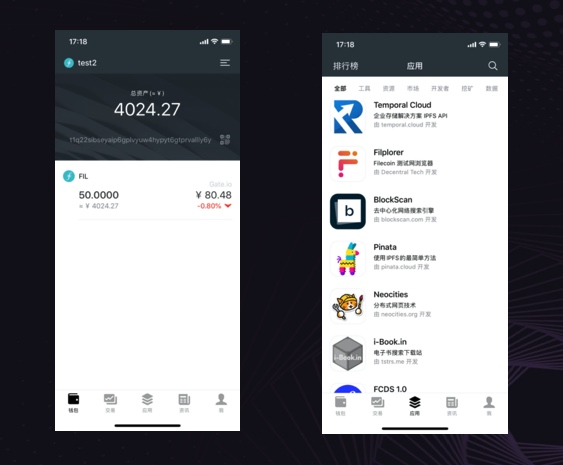
Filecoin block explorer is another application with strong demand. Currently, MathWallet has launched 5 different Filecoin block explorers. In addition to block and mining, Filecoin network will have more interesting data mining dimensions in the future.

The storage order matching market is another new category of Filecoin application for matching the needs of storage users and miners for the most efficient market optimization.
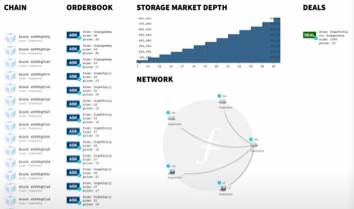
There will also be plenty of DeFi applications for miners and storage customers.
Miners can purchase mining machines by staking FIL to the mainstream tokens, customers can stake FIL to pay for the storage handling fee, while FIL holders can get stable extra income by staking.
After Filecoin supports smart contracts, and these DeFi applications can be developed natively on the Filecoin network, or before that via cross-chain on Ethereum, Polkadot, and so on.
III. New Internet Era
History is not always the same. IPFS seems to reform many of the steps that the traditional Internet has already taken in order to keep the current monopoly status of Internet giants, but in a longer timeline, it will go further.

There is an American TV series called Silicon Valley. Its script uses Filecoin as the prototype. It has some predictions about the future of New Internet applications, including personal data, copyright, games, and social networking, those have the common points which is to gain value for customers and let them enjoy better privacy protection.
“Powered by your devices.
Protective of your privacy.
Programmed for your freedom.”
This could be the future of Filecoin applications.